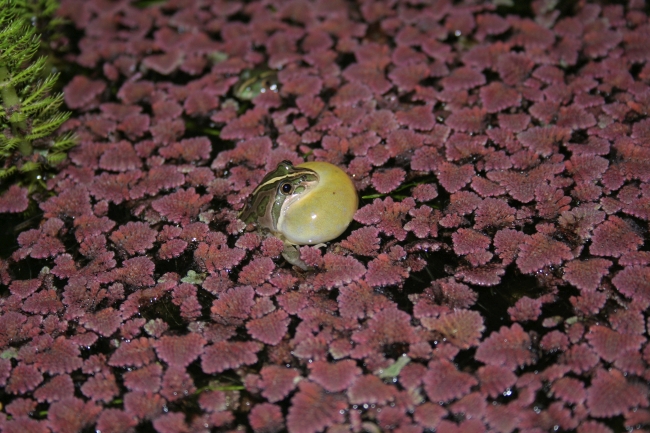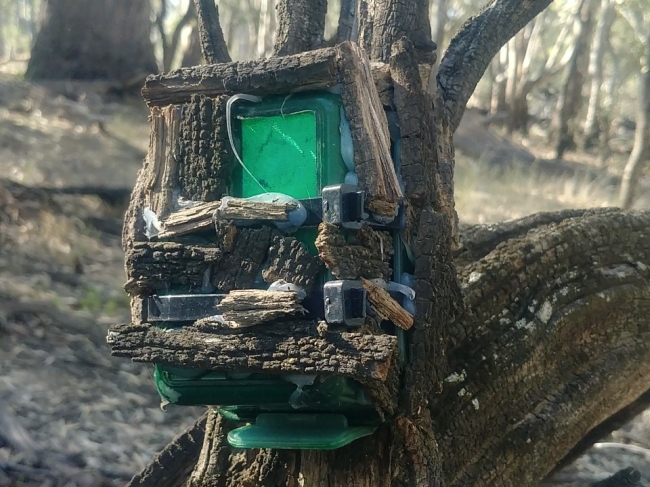With a leap of innovation, ARI researchers have developed sound-recognition software to identify some of Victoria’s frogs. Using deep-learning artificial intelligence, this technology has the potential to save scientists thousands of hours by listening to recordings on their behalf.
Acoustic monitoring has become a common technique to survey species. By deploying small recording devices in the field, researchers record sounds which can be played back later to identify which species are calling. This method makes it incredibly easy to gather large amounts of data as recorders can be deployed for months before collecting them. The trade-off is that these surveys create massive datasets of thousands of hours of audio. Traditionally, audio recordings have been manually analysed, requiring large amounts of researcher time.
To address this, ARI researchers have developed software that can be trained to listen to recordings and identify species. The software employs a design similar to image or song recognition programs, called a Deep Learning Convolutional Neural Network. Currently, the software can analyse up to 1 hour of recordings every 10 seconds.


An audio recording device deployed in the field.
A novel aspect of this software is the “find it” tool which helps with validation and cross-checking. The feature automatically directs researchers to points in the recording so that they can check that the program has correctly identified a species’ call, or listen to any unusual sounds (for example, frogs detected outside their usual range).
Some initial effort is required to train and validate the model for each target species, though once this is done the software dramatically increases processing accuracy and efficiency. For example, in 2019/20 The Living Murray Frog monitoring project collected approximately 3,225 hours of frog recordings from Barmah-Millewa Forest. With traditional methods, processing only a subset (10%) of these calls took approximately 3 weeks for a staff member to analyse. In comparison, in 2020/21 the software took three days to analyse approximately 4,835 hours of recordings with only a few days of staff time required for post-processing and validation.
The use of the software has resulted in a significant cost saving from reduced staff time for sample analysis. Larger areas can be surveyed for longer periods, and the whole dataset can be analysed, rather than just a subset of the recordings.
This software doesn’t just work for frogs – it can be trained to listen out for many other species. ARI researchers are turning the software to listen for the threatened Eastern Bristlebird, several bat species and of course more frog species. The possibilities of sound are endless!
The pilot AI recogniser model was funded by DELWP’s Forest Protection Service Program (FPSP) and ARI. The pilot model was trained and tested using data collected through monitoring projects funded by The Living Murray and Regional Forestry Agreement Landscape Surveys Program. Current research on the Eastern Bristlebird is funded by the Australian Government’s Department of Agriculture Water and the Environment, DELWP’s FPSP and ARI’s capability fund.
For more information contact: peter.griffioen@delwp.vic.gov.au or katie.howard@delwp.vic.gov.au.
You can also watch the following seminar (YouTube link): ARI Seminar | Science Week | Frog call & ecological models | Dr Peter Griffioen and Dr Jian Yen
The software listening to recorded frog calls and identifying species
Page last updated: 28/10/24